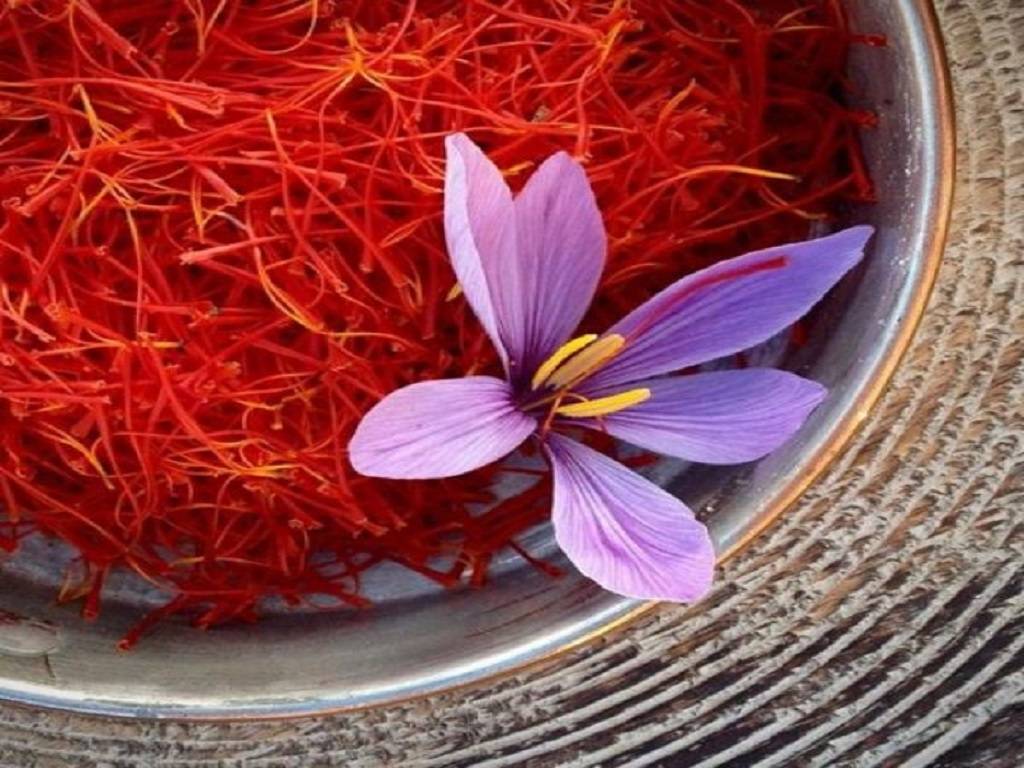
Farmers growing saffron in Kashmir are now joyful as saffron production in Kashmir has increased for the first time in the last eight years. Saffron producers in Kashmir have not experienced a good saffron harvest since floods devastated the majority of Kashmir in 2014.
Though many farmers were hopeful that someday these will give good returns, the losses didn’t push them to switch to other fruits farming.
For the first time in the last seven to eight years, this year in the initial months, the saffron yields have grown and some data shows that it has grown by approx. 48%. According to the 2011 census, approximately 16,000 families, including 11,000 women, in Kashmir valley are associated with saffron cultivation. This means directly or indirectly; good saffron production brings good livelihood to 16,000 families.
Some farmers said that the production this year is slightly higher than the last few years, nearly 25-30% high production seen. Saffron flowers are the most expensive and are currently sold at Rs 1.5 lakh- Rs 2.5 lakh per kg.
When saffron production in Kashmir surpassed 13 metric tonnes in 10 years in 2020, a record was set. This year, production is anticipated to break that record, even though the state agriculture department has not yet calculated the precise figures.
Not only this, but due to the better production, it is becoming a major attraction for tourists as well. People do stop at highways and try taking selfies and click pictures of the scenic view.
Even though the production has increased in the last 2-3 years, some farmers still believe that it is low as compared to what the production was 15 years back.
On November 1, Kashmir's tourism department invited students and farmers to join the saffron festival organized in Pampore’s Ladoo. The Jammu and Kashmir government organizes a saffron festival every year to offer tourists a chance to see the saffron fields and buy the spice directly from growers. The festival also has cultural events.
Tourists’ attraction is one reason, the other reason is GI tagging which helped it in making a hold in the global market as well. Kashmir’s saffron received the GI tag in 2020.
Though some officials still believe it’s still a little early to calculate and make statements in terms of saffron production, many farmers have seen significant growth.
Apart from these reasons, better climatic conditions, weather, and rain have contributed immensely to better production.
The establishment of a spice park in Kashmir has so far ensured that the bulk of saffron produced in Kashmir is sorted, graded, weighed, dried, packaged, branded, and marketed from the Valley.
Framers’ goal right now is to produce what they were producing 15-20 years back and they are making efforts for the same.
















